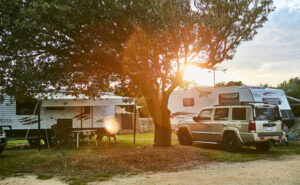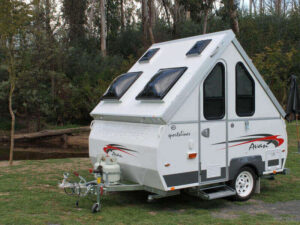Introduction to Caravan Living
Living in a caravan has become an increasingly popular lifestyle choice for many individuals and families. This mode of living offers a unique blend of freedom, adventure, and simplicity. The idea of having a home on wheels, which can be parked in various scenic locations, has a certain allure that traditional brick-and-mortar homes can’t match. Moreover, the rise of the “van-life” movement, especially among younger generations, showcases the appeal of minimalist living and the desire to break free from societal norms.
Caravans, whether static or touring, offer a compact living space equipped with essential amenities. They provide an opportunity to live closer to nature, reduce one’s carbon footprint, and often lead to significant financial savings. However, like any lifestyle choice, living in a caravan comes with its own set of challenges and considerations, which potential caravan dwellers should be aware of.
Understanding Different Types of Caravans
Caravans come in various shapes and sizes, each designed to cater to specific needs and preferences. At a broad level, caravans can be categorized into static and touring caravans. Static caravans are stationary and are often found in dedicated caravan parks or private properties. They are larger and offer more amenities, making them suitable for long-term living.
On the other hand, touring caravans are mobile homes that can be towed by a vehicle. They are designed for individuals and families who wish to travel and explore different places while having the comforts of home. Depending on the region, these caravans might also be referred to as travel trailers, campers, or motorhomes. Each type has its own set of features, advantages, and limitations, making it essential for potential buyers to research thoroughly before making a decision.
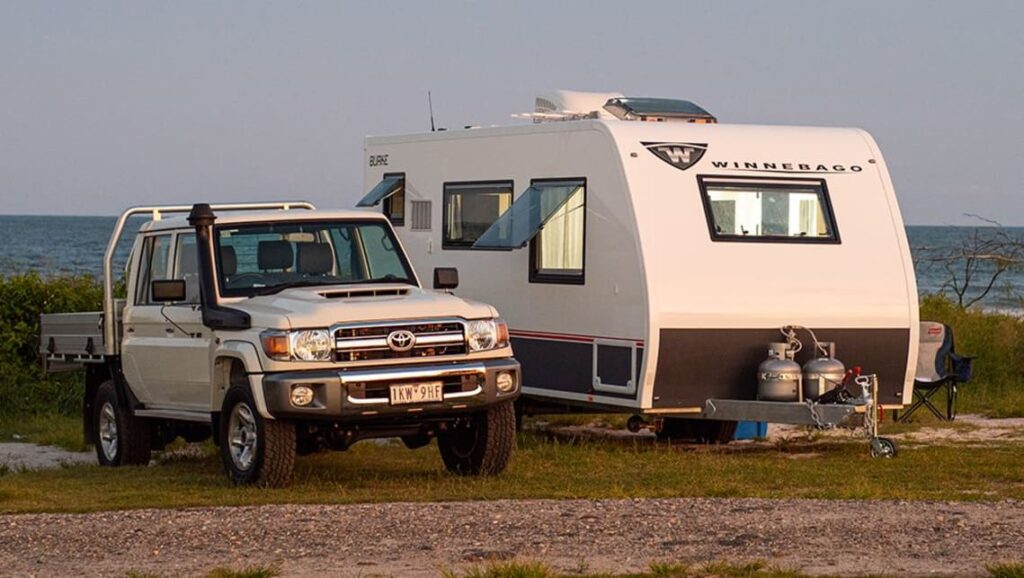
Static Caravans
Static caravans, as the name suggests, are stationary and are typically placed in dedicated caravan parks or on private land. They are akin to prefabricated homes and offer a range of amenities similar to traditional homes, such as a kitchen, bathroom, living area, and separate bedrooms. Given their size and features, they are ideal for individuals or families looking for a semi-permanent or permanent residence without the commitment of traditional homeownership.
One of the primary considerations for static caravan dwellers is the location. The caravan can be placed on private property, but more commonly, they are found in residential caravan parks. These parks often come with additional amenities like communal areas, playgrounds, and sometimes even swimming pools. However, it’s essential to note that living in a static caravan in such parks often involves paying rent for the plot of land the caravan occupies.
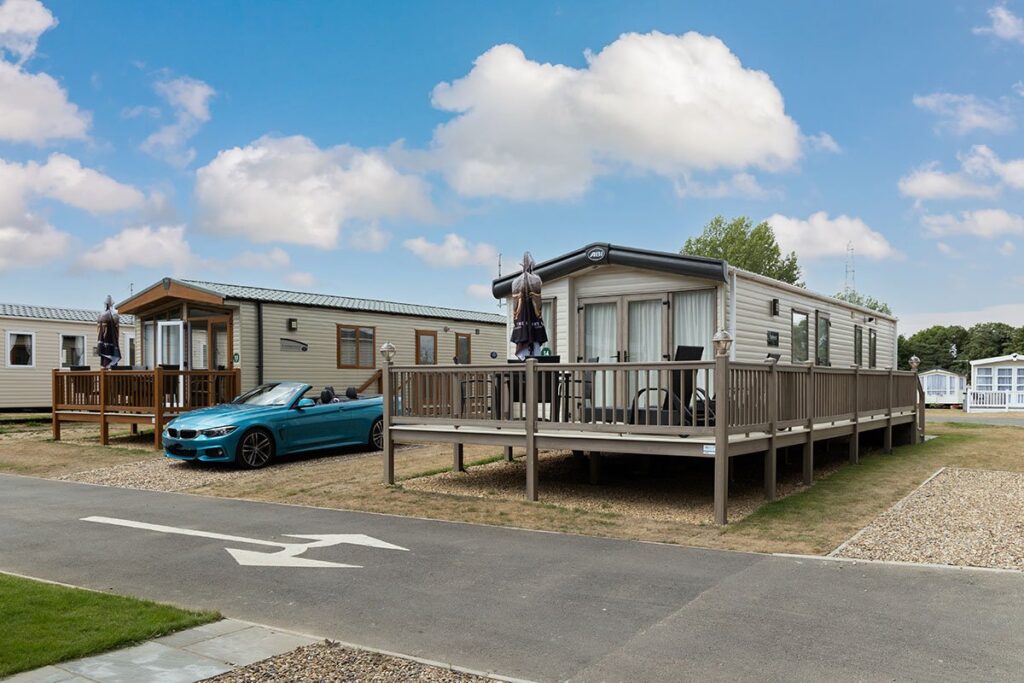
Touring Caravans
Touring caravans are all about mobility and exploration. They are designed to be towed by a vehicle, allowing owners to travel from one location to another with ease. This type of caravan is perfect for those with a wanderlust spirit, as it offers the freedom to explore various landscapes, from beaches to mountains, all while having the comforts of home. Touring caravans come equipped with essential amenities, but they are more compact compared to static caravans.
However, living in a touring caravan comes with its own set of challenges. There are legal restrictions on where you can park and for how long. Many countries have specific caravan sites where these vehicles can be stationed, often for a fee. Additionally, there’s the need for a permanent address for various legal documentation, which means caravan dwellers often need to maintain a base even if they are constantly on the move.
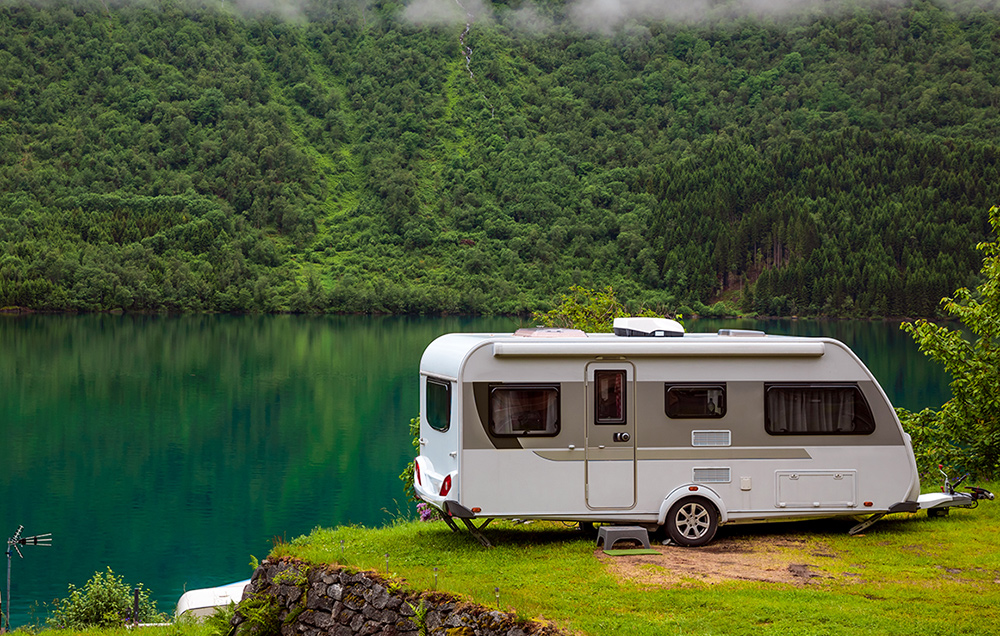
Benefits and Challenges
Living in a caravan, whether static or touring, offers numerous benefits. The most apparent advantage is the financial savings. Without the need for a mortgage or hefty rent payments, many caravan dwellers find themselves with more disposable income. Additionally, the close-knit community in caravan parks often leads to strong social connections and a sense of belonging. The ability to live closer to nature and adopt a minimalist lifestyle can also lead to improved mental well-being.
However, caravan living is not without its challenges. Space is limited, which means residents need to be creative with storage and organization. Weather conditions can also impact the living experience, especially in touring caravans that might not have robust insulation. There are also legal and logistical considerations, such as where to park, how to access utilities, and the need for a permanent address for official documentation.
Legal and Regulatory Aspects
Living in a caravan, while liberating, is bound by certain legal and regulatory constraints. These rules are in place to ensure the safety, well-being, and rights of caravan dwellers, as well as to maintain order in residential and public areas. For instance, static caravans placed in residential parks often require the resident to pay rent for the plot of land. These parks might also have age restrictions, with some parks only allowing residents over a certain age, often 55 years or older.
Touring caravans, given their mobility, face a different set of regulations. Parking regulations are stringent, and caravan owners cannot simply park anywhere they deem fit. Many countries have designated caravan sites, and there are often limits on how long one can stay in a single location. Additionally, even if one lives full-time in a caravan, a permanent residential address is required for various legal documents, such as driving licenses, vehicle registrations, and more.

Cost Implications
One of the primary attractions of caravan living is the potential for financial savings. Without the burdens of mortgages or high rents associated with traditional homes, many find caravan living to be economically advantageous. Static caravans, while requiring rent for the land they occupy, often have lower overall costs than traditional homes, especially when considering property taxes, maintenance, and utilities. This can lead to significant savings in the long run.
However, there are costs associated with caravan living that potential dwellers should be aware of. Touring caravans, for instance, have expenses related to travel, such as fuel, maintenance, and site fees. There’s also the “pitch fee” for static caravans, which is the rent for the land the caravan occupies. This fee can vary based on location, amenities, and the overall desirability of the park. It’s essential to factor in all these costs when considering caravan living to ensure it aligns with one’s financial goals.
Conclusion
Caravan living offers a unique blend of freedom, adventure, and simplicity. Whether one chooses the stationary life of a static caravan or the nomadic existence of a touring caravan, this lifestyle promises a closer connection to nature, a break from the hustle and bustle of urban life, and potential financial savings. However, like any lifestyle choice, it comes with its own set of challenges and considerations. From understanding the legal and regulatory landscape to factoring in the associated costs, it’s crucial to be well-informed.
In conclusion, while caravan living might not be for everyone, for those who value mobility, simplicity, and a sense of community, it can be a fulfilling and enriching experience. As with any significant life decision, potential caravan dwellers should conduct thorough research, consider their priorities, and make an informed choice that aligns with their personal and financial goals.

